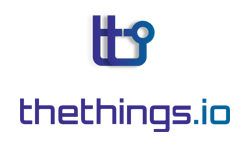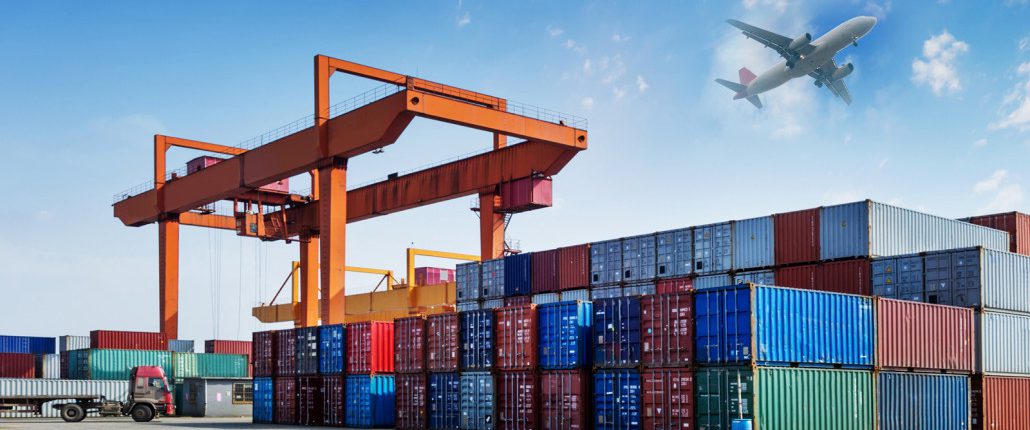Solving Challenges: Customized IoT Solutions
Nowadays, the technological landscape is constantly evolving. Businesses face numerous challenges in harnessing the full potential of IoT solutions. This article explores the role of customized IoT solutions and thethings.iO in overcoming these challenges and driving business success.
Understanding IoT Solutions
The Complexity of IoT Implementation
Implementing IoT solutions can be complex, requiring integration with existing infrastructure and customization to meet specific business needs. Off-the-shelf solutions are not always sufficient, resulting in the need for IoT solutions tailored to unique requirements.
Addressing Business Challenges
Custom IoT solutions provide organizations with the flexibility to effectively address specific challenges. Whether it’s optimizing processes, improving efficiency, or enhancing the customer experience, tailored solutions can provide the tools and insights needed to achieve business goals.
Key Features of Customized IoT Solutions
Scalability and Flexibility
Customized IoT solutions are designed to scale with the growing needs of businesses, providing the flexibility to adapt to changing requirements. Whether deploying a few sensors or an extensive network, scalability ensures seamless integration and operation. One of their key benefits is their ability to integrate seamlessly with existing systems and infrastructure. This integration streamlines operations, improves data flow and facilitates informed decision-making across the enterprise.
Benefits of Customized IoT Solutions
Enhanced Efficiency, Productivity and Decision-Making
By addressing specific issues and inefficiencies, customized IoT solutions can significantly improve efficiency and productivity. Through automation, real-time monitoring, and predictive analytics, organizations can streamline operations and optimize resource utilization. These customized solutions provide valuable insight into business processes and enable data-driven decision making. With access to actionable information, organizations can make informed decisions, identify opportunities, and effectively mitigate risks.
Case Studies: Real-World Applications
Smart Manufacturing
In the manufacturing sector, IoT solutions have revolutionized operations by enabling predictive maintenance, remote monitoring, and process optimization. By integrating IoT technologies into production lines, manufacturers can minimize downtime, reduce costs, and improve product quality.
Smart Retail
In retail, customized IoT solutions offer innovative ways to enhance the customer experience, optimize inventory management, and personalize marketing efforts. From smart shelves to in-store analytics, IoT technologies enable retailers to deliver seamless omnichannel experiences and increase customer loyalty.
Conclusion
In summary, customized IoT solutions play a critical role in addressing the diverse challenges facing businesses today. By offering scalability, flexibility, and tailored capabilities, these solutions enable businesses to unlock new opportunities, drive innovation, and achieve sustainable growth in an increasingly connected world.





